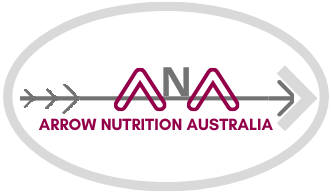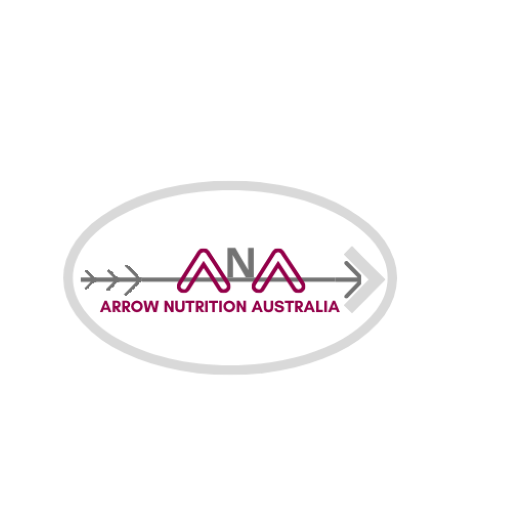Article
High blood Pressure
HIGH BLOOD PRESSURE IS A SIGN, NOT A DISEASE
For most people, high blood pressure is a sign that the circulatory system (blood pipes) are partially obstructed and inelastic, and that the heart must pump blood at a higher pressure to reach the far corners of the body. Thus, high blood pressure is not a disease or something wrong, but rather a way for the body to compensate for a defective circulatory system. If you have an old house with twisted and partially obstructed pipes, the water may be slowed enough to prevent it from reaching the far corners of your lawn.
What is Blood Pressure?
Blood pressure is the force of blood against the walls of arteries. Blood pressure is recorded as two numbers—the systolic pressure (as the heart beats) over the diastolic pressure (as the heart relaxes between beats). The measurement is written one above or before the other, with the systolic number on top and the diastolic number on the bottom. For example, a blood pressure measurement of 120/80 mmHg (millimeters of mercury) is expressed verbally as “120 over 80.”
Categories for Blood Pressure Levels in Adults
(Ages 18 Years and Older)
| Blood Pressure Level (mmHg) | |||
|---|---|---|---|
| Category | Systolic | Diastolic | |
| Normal | < 120 | and | < 80 |
| Prehypertension | 120 – 139 | or | 80 – 89 |
|
High Blood Pressure |
|||
| Stage 1 Hypertension | 140 – 159 | or | 90 – 99 |
| Stage 2 Hypertension | 160 | or | 100 |
The heart pumps harder and increases the blood pressure when the circulatory system is defective. Reducing high blood pressure with drugs or treatments without correcting the underlying problem means that the circulatory system does not have enough pressure to send blood to the far corners of the body.
Over time, portions of the brain, kidneys, toes, and parts far away from the main arteries begin to die because they lack food and oxygen.
When the vessels are under high blood pressure all the time, they are likely to break. A broken vessel in the brain causes a stroke that damages the brain. An artery under high pressure may break inside the body (causing internal bleeding), and can damage the heart, the kidney, and other organs.


